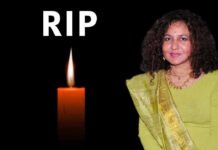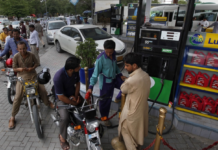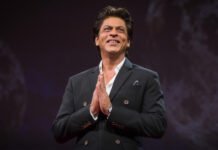Sanatan Dharma Debate: DMK leader and Tamil Nadu Youth Welfare Minister, Udhayanidhi Stalin’s remarks on Sanatan Dharma have rekindled the age-old debate on secularism and freedom of speech in India. His critique, which equated the age-old religious tradition to societal evils, underscores the tenuous balance between religious freedom and political rhetoric.
Reactions from the Political Arena
The BJP was swift in its retaliation. Leaders like Amit Shah and J P Nadda expressed strong dissent. Shah, in his address, framed Udhayanidhi’s remarks as a blatant assault on Sanatan Dharma driven by “vote bank and appeasement politics”. The underlying message was clear: this was not just a critique of a religious principle, but an affront to the millions who believe and find solace in it.
The opposition, particularly the INDIA bloc, stands accused by the BJP of having an ulterior motive: to diminish the standing of Hindu Dharma for political leverage. The very insinuation that “eradicating” Hindu dharma is on the opposition’s agenda is grave, and speaks volumes about the heightened sensitivity surrounding religious discourse in India.
The Controversial Analogies
Udhayanidhi’s analogy, drawing parallels between diseases like the coronavirus, dengue, malaria and the perceived negative impacts of Sanatan Dharma, has been a major point of contention. Such analogies, while powerful, can often simplify and misrepresent complex issues. By categorizing Sanatan Dharma as a societal ill, Udhayanidhi has unintentionally or otherwise, cast aspersions on its vast follower base.
Amit Malviya of the BJP seized upon this analogy, interpreting it as a call for “genocide”. This interpretation, whether accurate or a stretch, adds fuel to the fire, potentially escalating tensions.
Udhayanidhi’s Clarifications and Intent
In the wake of the controversy, Udhayanidhi clarified his stance, positioning his comments as reflections against social injustices rather than against a particular religious group. His reference to the works of Periyar and Ambedkar is significant. Both leaders were known for their reformist views on religion and caste structures in India. By invoking their names, Udhayanidhi attempts to ground his critique in a larger tradition of social reform.
He also underscored the treatment of women under Sanatan Dharma, contrasting it with the progressive policies of the DMK, emphasizing both the historic wrongs and the current measures to correct them.
Implications for the Future
This controversy isn’t isolated. It is a microcosm of the larger ideological battle being waged across India. As the nation gears up for the 2024 Lok Sabha polls, such incidents underscore the fact that religion will be a dominant narrative, both as a unifying and a divisive force.
The BJP, with its Hindu-centric agenda, and the DMK, championing Dravidian ideologies, represent two poles of this debate. While the former focuses on a pan-Indian identity rooted in Hinduism, the latter stresses regional pride and Dravidian identity.
Conclusion
In the hyper-connected age of social media, where narratives spread and evolve rapidly, it’s crucial for leaders and the public to engage in constructive dialogues, especially on sensitive issues like religion. As India navigates its way through these trying times, the hope is for discourse that unifies rather than divides.
Read Next > Five-star business finance climbs 2%































